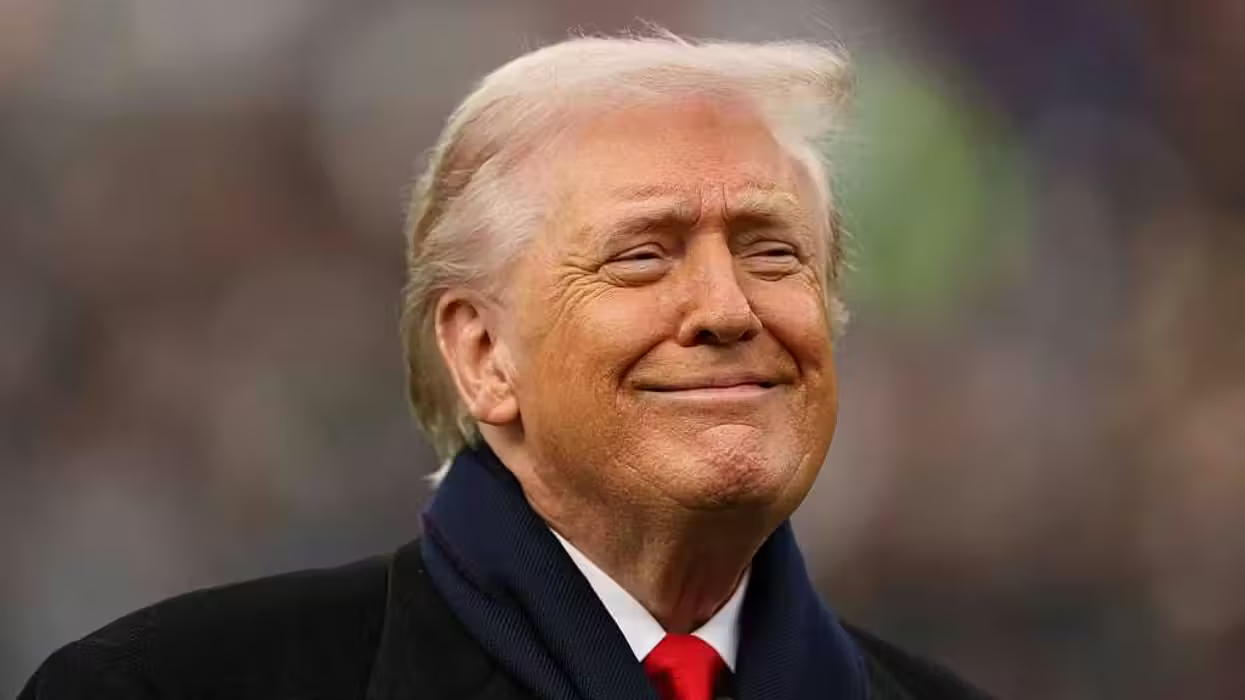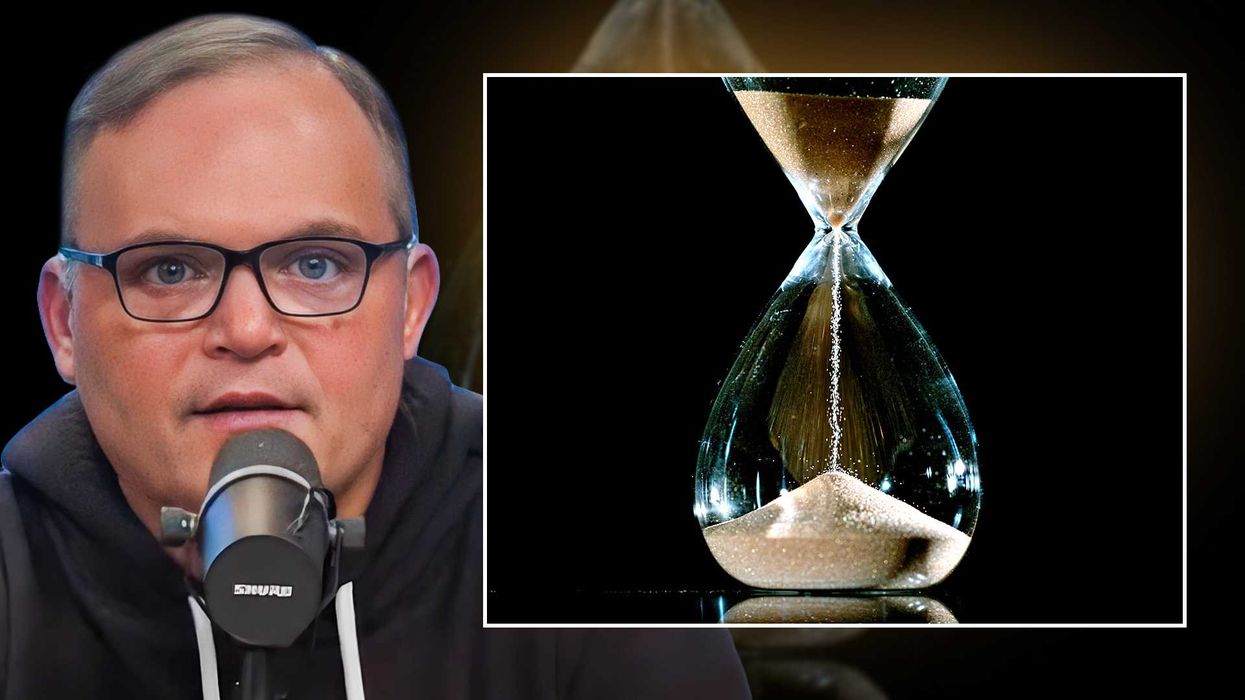
© 2026 Blaze Media LLC. All rights reserved.
"This is a common sense rule..."
The Environmental Protection Agency has proposed new rules aimed at saving the environment from mercury discharges that come not from mega-manufacturers, but from dentists' offices all around the country.
The EPA cited studies saying that about half of the mercury that finds its way into the environment comes from dental offices through the discharge of amalgam, that mix of mercury and other metals used to fill cavities.
 The EPA is proposing a new rule that it says will hurt dentists just a little bit.
The EPA is proposing a new rule that it says will hurt dentists just a little bit.
Photo credit: Shutterstock
"When dentists remove old amalgam fillings from cavities, or when dentists place a new filling, mercury in the form of dental amalgam enters the wastewater of the dental office," the EPA stated. "Mercury is a persistent and bioaccumulative pollutant with well-documented effects on human health."
"When in water, certain microorganisms can change mercury into methylmercury, a highly toxic form that builds up in fish, shellfish and animals that eat fish," the agency added.
To reduce those emissions, the EPA has proposed a rule that would require all dentists to install amalgam separators or other technology to capture the material before it's released into the environment.
"This is a common sense rule that calls for capturing mercury at a relatively low cost," said Ken Kopocis, deputy assistant administrator for EPA's Office of Water. "The rule would strengthen human health protection by requiring removals based on the use of a technology and practices that approximately 40 percent of dentists across the country already employ thanks to the ADA and our state and local partners."
The EPA estimated that its rule would cut mercury emissions into the environment by nearly nine tons each year.
The EPA also said dentists would feel just a small financial pinch as a result of the rule. Officials estimate that low-cost amalgam separators cost dental offices about $700 each year, and said it would cost about $47 million each year to implement.
Want to leave a tip?
We answer to you. Help keep our content free of advertisers and big tech censorship by leaving a tip today.
Want to join the conversation?
Already a subscriber?
more stories
Sign up for the Blaze newsletter
By signing up, you agree to our Privacy Policy and Terms of Use, and agree to receive content that may sometimes include advertisements. You may opt out at any time.
Related Content
© 2026 Blaze Media LLC. All rights reserved.
Get the stories that matter most delivered directly to your inbox.
By signing up, you agree to our Privacy Policy and Terms of Use, and agree to receive content that may sometimes include advertisements. You may opt out at any time.






